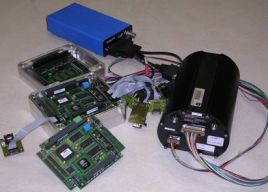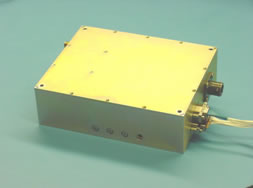Low-Cost Launch Range Services

Low-cost, flexible, and responsive launch range services are a critical part of the SLVR project. As the cost of launch vehicles is reduced, the range costs associated with vehicle-requested services and safety become a more signifcant component of the overall transportation cost.
Steps must be taken to minimize these costs, through limiting the resources and time applied to pre-mission preparations and launch-day operations. This is best achieved through well-designed vehicles, spacecraft, and ground systems that are safe, minimize pre-launch processing and hazardous operations, and limit unnecessary services. It is also achieved through recurring operations that minimize mission-unique processing.
The Wallops Research Range is working with DARPA Falcon contractors and other customers to carry out these strategies. These approaches are complemented by ongoing Wallops advanced range technology efforts. These efforts seek to implement changes to historical mission approaches through new technologies that increase automation, reduce ground instrumentation and personnel, and infuse new, lower cost flight hardware.

Two notable efforts nearing flight demonstration on sounding rockets are the Low-Cost TDRSS Transceiver (LCT2), and the Autonomous Flight Safety System (AFSS).
The use of TDRSS as a space-based data relay system can eliminate the need for expensive downrange telemetry instrumentation, but are prohibitively expensive for low-cost flight programs. LCT2 promises to replace existing TDRSS transceivers costing $300-400K with units costing approximately $50K. As future funding allows, MPE plans to use LCT2 for its telemetry functions.
AFSS offers the opportunity for onboard hardware and algorithms to automatically access a launch vehicle's performance against programmed flight safety constraints and terminate flight if flight rules are violated. Once again, the AFSS offers the opportunity to eliminate costly downrange instrumentation. Jointly, these efforts offer the opportunity to save hundreds of thousands of dollars per mission.
SLVR
- NASA Official: Bruce Underwood
- Curator: Brandon Wright
- Last Updated: February 28 2006
